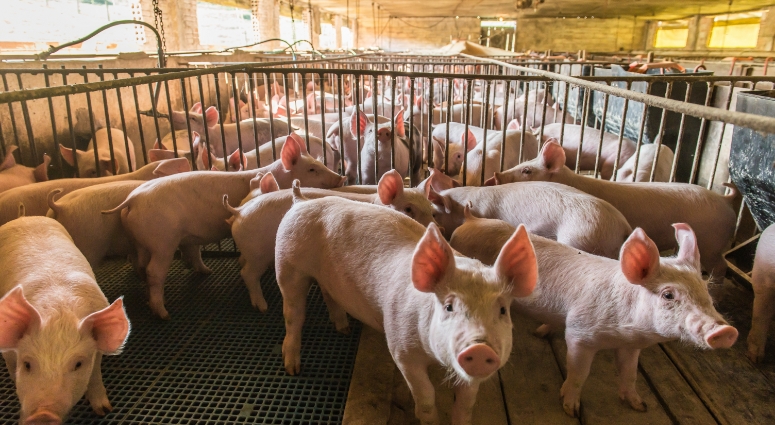
The growing trend around the world of removing subtherapeutic antibiotics from animal feed has made managing the nutritional and health requirements of production animals even more challenging. Producers are searching for natural feed additives that will optimize the health and well-being of their herds and flocks while also allowing them to market (with improved margins) the resultant milk, meat and egg products as antibiotic and/or drug free.
Mycotoxins and harmful bacteria such as Clostridium perfringens and Escherichia coli are a leading cause of economic loss for producers. Harmful microorganisms can produce powerful toxins that damage the function of the intestine and reduce nutrient absorption — effects made worse by mycotoxin-contaminated feed. A healthy intestinal environment and a responsive intestinal immune system helps protect animals from mycotoxins and bacterial-produced toxins.
Healthy and productive animals need a competent immune system, and this includes the intestinal immune system. The villi and gut-associated lymphoid tissue (GALT) are home to a vast number of immune cells, which, along with the intestinal epithelial cells, are the first line of protection against disease-causing pathogens and toxins.